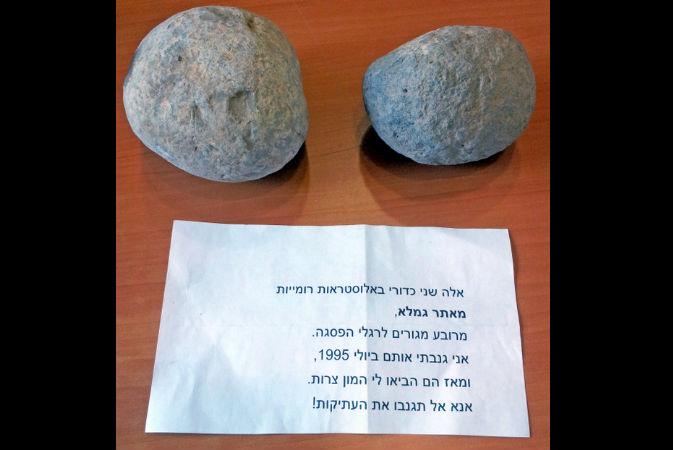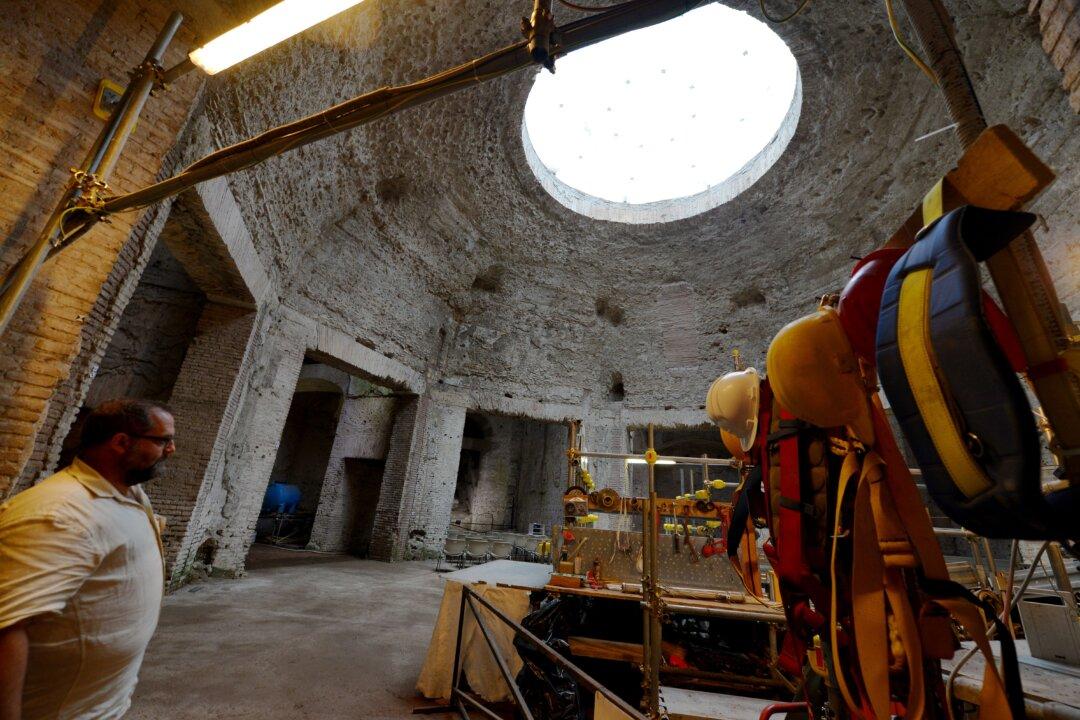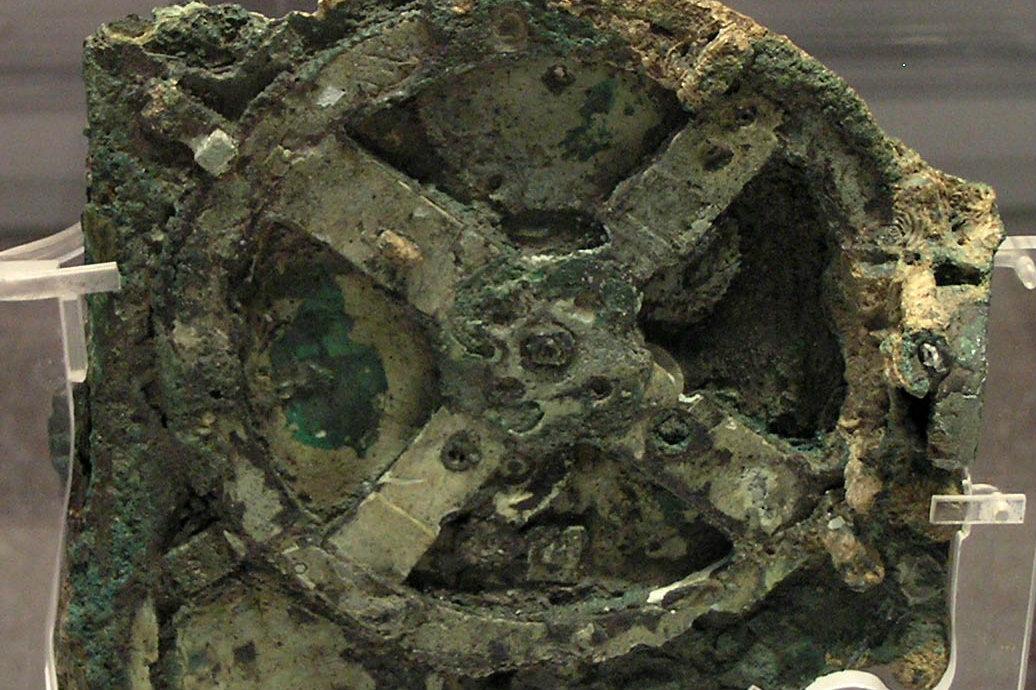Focus
Ancient Romans
Rick Steves’ Europe: Glimpse the Ancient Past in Northeast England
Romans built Hadrian’s wall 2,000 years ago to mark the northern border of their empire.
|
Robber Returns Stolen Archaeological Artifacts, Leaves Note: ‘They have brought me nothing but trouble’
“I stole them in July 1995 and since then they have brought be nothing but trouble.”
|
1,600-Year-Old Goblet Shows Romans Used Nanotechnology
The Lycurgus Cup, as it is known due to its depiction of a scene involving King Lycurgus of Thrace, is a 1,600-year-old jade green Roman chalice that changes colour depending on the direction of the light upon it. It baffled scientists ever since the glass chalice was acquired by the British Museum in the 1950s.
|
5 Heart-Warming and Heart-Breaking Archaeological Discoveries
When describing the discovery of an ancient love letter placed upon the body of a loved one, Chris Scarre, head of the archaeology department at the University of Durham, said: “Archaeologists who investigate tombs are often moved to wonder about the character of the deceased, the thoughts of the mourners and their hopes and fears on the passing of a person dear to them.”
|
Revolving Dining Room in Emperor Nero’s Luxurious Palace Really Existed
Nero’s 2,000-year-old, luxurious palace has just revealed another surprise - a revolving dining room which once served the illustrious guests of the infamous ruler.
|
Ancient Computer Baffles Scientists: Antikythera Mechanism Made in 150 BC (+Videos)
Scientists had to see the Antikythera Mechanism to believe it could exist. It would have been preposterous to claim the Ancient Greeks could make a device so advanced without the artifact to prove it.
|
10 Discoveries Unexplained by Science: Mysterious Fossils, Humming, and More (+Video)
What’s causing the eerie noise detected deep under the Atlantic ocean? And who invented the mysterious computer discovered in an ancient Roman shipwreck? We don’t know, and neither do the scientists. Explore the ten most mysterious discoveries that have been baffling us for decades.
|
Rick Steves’ Europe: Glimpse the Ancient Past in Northeast England
Romans built Hadrian’s wall 2,000 years ago to mark the northern border of their empire.
|
Robber Returns Stolen Archaeological Artifacts, Leaves Note: ‘They have brought me nothing but trouble’
“I stole them in July 1995 and since then they have brought be nothing but trouble.”
|
1,600-Year-Old Goblet Shows Romans Used Nanotechnology
The Lycurgus Cup, as it is known due to its depiction of a scene involving King Lycurgus of Thrace, is a 1,600-year-old jade green Roman chalice that changes colour depending on the direction of the light upon it. It baffled scientists ever since the glass chalice was acquired by the British Museum in the 1950s.
|
5 Heart-Warming and Heart-Breaking Archaeological Discoveries
When describing the discovery of an ancient love letter placed upon the body of a loved one, Chris Scarre, head of the archaeology department at the University of Durham, said: “Archaeologists who investigate tombs are often moved to wonder about the character of the deceased, the thoughts of the mourners and their hopes and fears on the passing of a person dear to them.”
|
Revolving Dining Room in Emperor Nero’s Luxurious Palace Really Existed
Nero’s 2,000-year-old, luxurious palace has just revealed another surprise - a revolving dining room which once served the illustrious guests of the infamous ruler.
|
Ancient Computer Baffles Scientists: Antikythera Mechanism Made in 150 BC (+Videos)
Scientists had to see the Antikythera Mechanism to believe it could exist. It would have been preposterous to claim the Ancient Greeks could make a device so advanced without the artifact to prove it.
|
10 Discoveries Unexplained by Science: Mysterious Fossils, Humming, and More (+Video)
What’s causing the eerie noise detected deep under the Atlantic ocean? And who invented the mysterious computer discovered in an ancient Roman shipwreck? We don’t know, and neither do the scientists. Explore the ten most mysterious discoveries that have been baffling us for decades.
|











